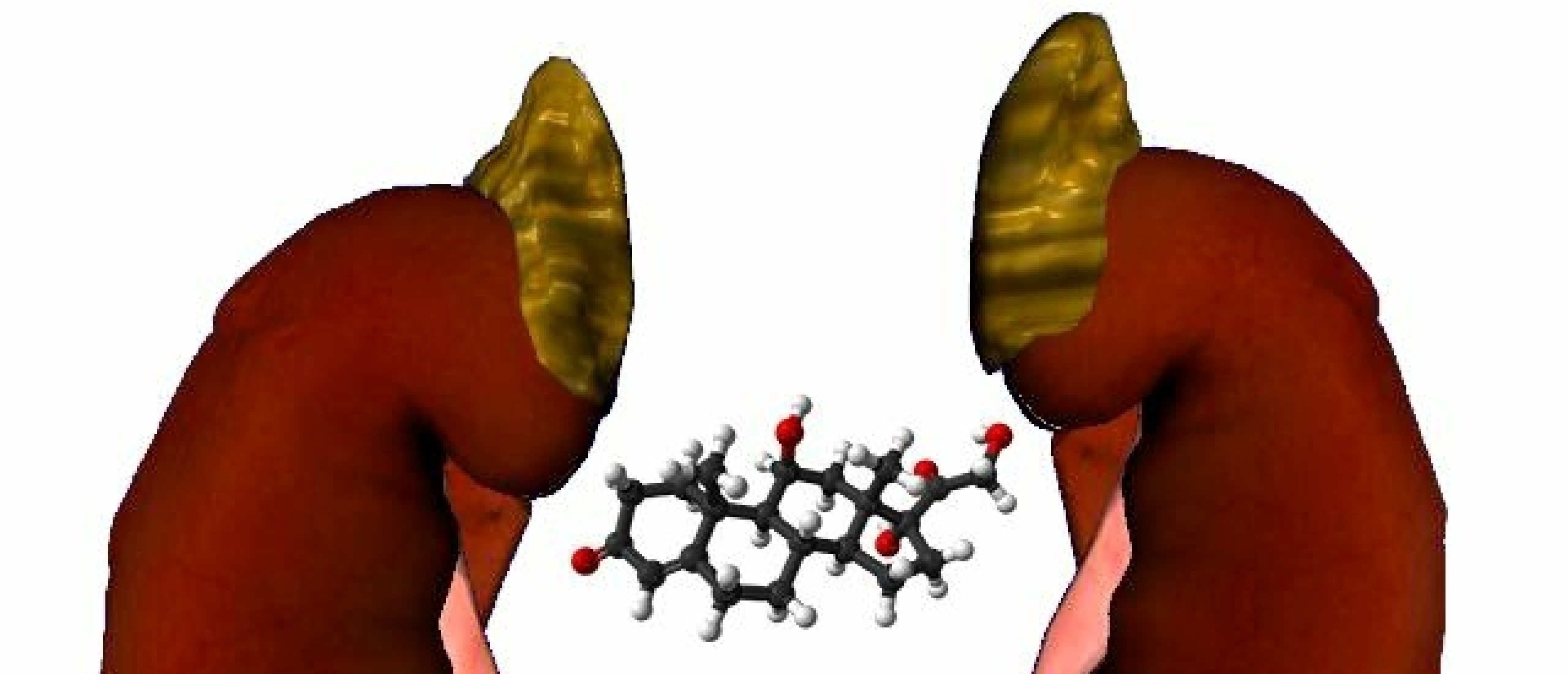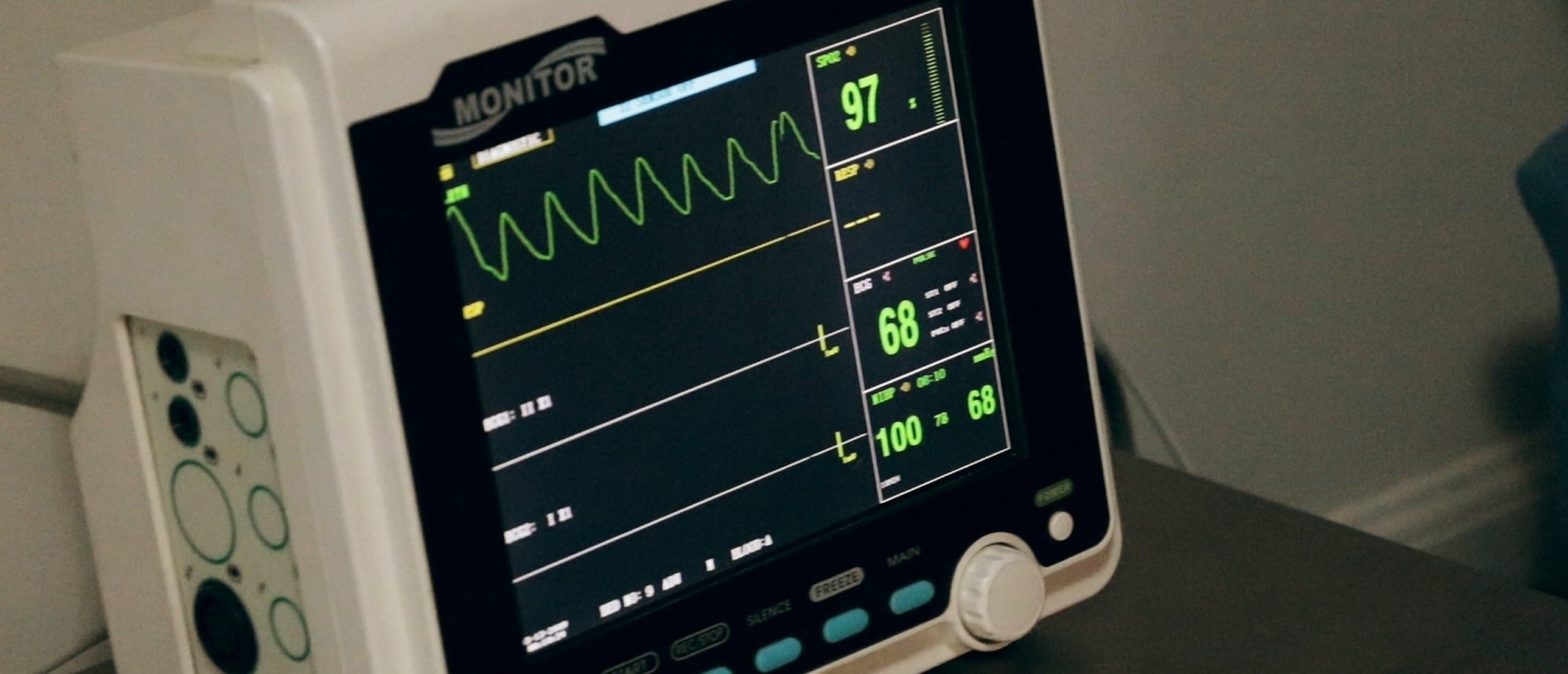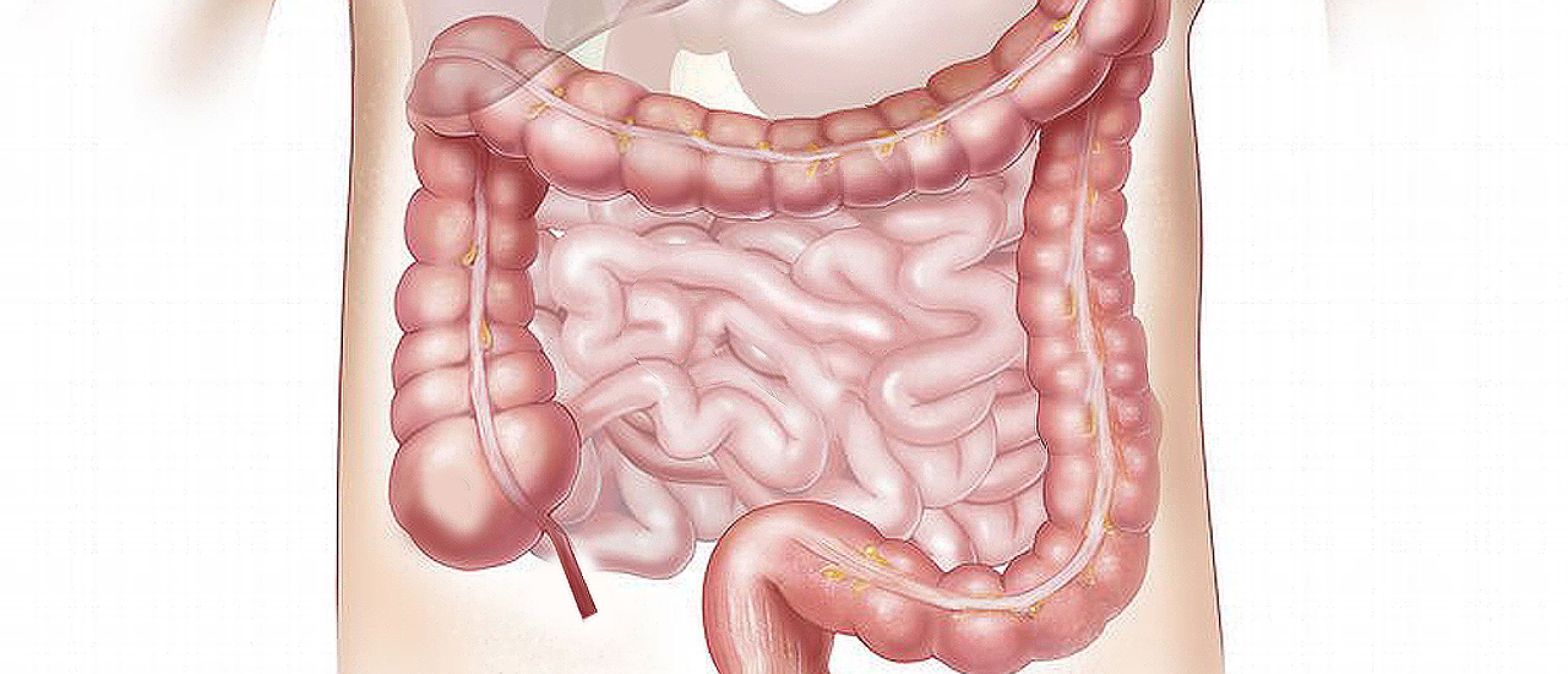
How to Calm Your Nervous System After Stress: The Science of Switching Off Adrenaline
When stress hits, your body launches into survival mode. The sympathetic nervous system triggers the release of adrenaline (also known as epinephrine), priming your body for the classic "fight-or-flight" response. But once the danger has passed, how does your body calm down? And more importantly, what can you do to help?
In this article, we’ll explore how the body biologically switches off adrenaline, why this is crucial for your health, and what actions you can take to support your nervous system in recovering from stress.
The Sympathetic Nervous System and Adrenaline
The sympathetic nervous system is your body’s accelerator during stress. It stimulates the adrenal glands to release adrenaline, which raises your heart rate, increases your breathing, boosts blood pressure, and floods your muscles with energy. This rapid response is essential for survival — helping you fight off a threat or run from danger.
But adrenaline isn’t meant to stay elevated. If the stress response lingers too long, it can contribute to chronic health problems, especially cardiovascular disease. That’s why it’s critical to switch off the sympathetic nervous system once the stressor is gone.
Why Cortisol and Adrenaline Work Differently
Scientists have long known how the hormone cortisol — released by the slower-acting HPA axis — is regulated. Cortisol easily crosses the blood-brain barrier and signals to brain regions like the hypothalamus, prefrontal cortex, and hippocampus to shut off the stress response via negative feedback.
Adrenaline, on the other hand, does not cross the blood-brain barrier. This made researchers question how the sympathetic nervous system could be shut down effectively. The answer lies in the vagus nerve.
The Vagus Nerve: Your Body’s Natural Brake
The vagus nerve is part of the parasympathetic nervous system — the counterpart to the sympathetic system. Where the sympathetic system revs you up, the parasympathetic system calms you down.
The vagus nerve connects the brain to many organs, including the adrenal glands. Recent studies suggest that the vagus nerve can detect adrenaline levels in the adrenal medulla using specialized receptors. Once activated, the vagus nerve sends a feedback signal to the brain that helps activate the parasympathetic nervous system — effectively applying the brakes on the adrenaline-driven stress response.
This feedback loop is a powerful biological mechanism for calming the body after stress.
How You Can Help Switch Off the Stress Response
One of the simplest and most effective ways to activate your parasympathetic nervous system is through deep, slow breathing. This stimulates the vagus nerve, encouraging the body to shift out of the stress response and into a calm, restorative state.
Here’s why it works:
- During stress, breathing becomes fast and shallow — driven by the sympathetic system.
- Slowing your breath down forces parasympathetic activation.
- This calms your heart rate, lowers blood pressure, and reduces adrenaline levels.
These effects are why breathing techniques are central to practices like mindfulness, yoga, and meditation. Even just a few deep breaths before a difficult meeting or after a stressful moment can begin to calm your system.
Science-Backed Tip: Try Vagus Nerve Breathing
To help your nervous system switch from stress to calm, try this simple breathing exercise:
Vagus Nerve Breathing Technique
- Inhale slowly through your nose for 4 seconds.
- Hold the breath for 2 seconds.
- Exhale slowly through your mouth for 6 seconds.
- Pause for 2 seconds before the next inhale.
- Repeat for 2–5 minutes.
This rhythm has been shown to activate the vagus nerve and enhance parasympathetic tone — helping you turn off the adrenaline rush more quickly.
Supporting Your Nervous System Matters
While adrenaline is a necessary hormone for immediate survival, it becomes harmful if it stays elevated due to chronic stress. Fortunately, your body has built-in feedback systems — like the vagus nerve — to help restore balance.
By understanding these systems and supporting them with calming techniques like controlled breathing, you can better manage stress and protect your long-term health.
Take a deep breath — your nervous system will thank you.











